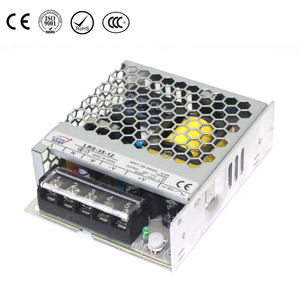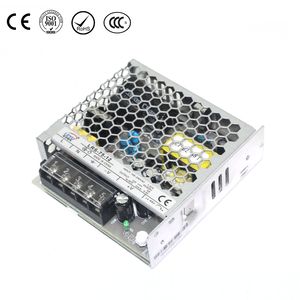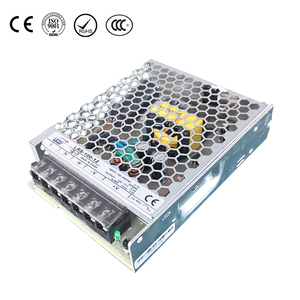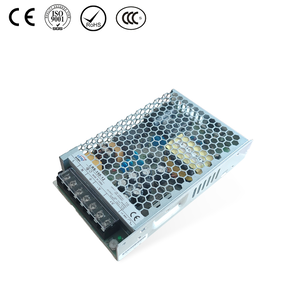Power Inverters Explained: What They Are, How They Work, and Which One You Need
Date:2025-05-21 04:24:58 Visit:702
📦 Leyu: A power inverter converts DC electricity into AC power, making running standard household electronics from a battery or solar system possible. Whether you’re powering a tiny home, RV, or off-grid cabin, this guide breaks it all down clearly.
🔌 What Is a Power Inverter?
A power inverter is a device that transforms direct current (DC) from batteries or solar panels into alternating current (AC) — the standard power used in homes and appliances.
Why You Need One
- Run household appliances off-grid
- Convert solar energy into usable AC
- Support mobile and emergency setups
🔍 Types of Power Inverters
1. Pure Sine Wave Inverters
- Ideal for sensitive electronics (e.g., laptops, medical devices)
- Produces smooth, consistent electricity
2. Modified Sine Wave Inverters
- Budget-friendly
- Best for simple tools or lighting
3. Grid-Tied vs. Off-Grid
- Grid-Tied: Integrate with public electricity
- Off-Grid: Fully independent, perfect for cabins or RVs
📦 Leyu: Choose a pure sine wave inverter for modern electronics to avoid overheating or malfunction.
⚙️ How Does a Power Inverter Work?
power inverters contain:
- Transformer: Steps voltage up or down
- Oscillator Circuit: Converts steady DC into a pulsing signal
- Switching Transistors: Form the waveform (sine or modified sine)
- Control Board: Manages safety, temperature, and overload
📏 What Size Power Inverter Do You Need?
Calculate Your Needs:
- List all appliances you’ll power
- Add up the watts required
- Multiply by 1.25–1.5 for surge protection
Device Average Wattage
Laptop 60W
Mini Fridge 100W–200W
Microwave 800W–1200W
Pro Tips:
- Go for 20-30% higher capacity than needed
- Factor in continuous vs peak ratings
🛠️ Top 5 Power Inverters in 2025
Inverter
Type
Wattage
Use Case
Price
Renogy Pure Sine 2000W
Pure Sine
2000W
RV, Solar Home
$299
BESTEK 300W
Modified Sine
300W
Cars, Laptops
$39
GoWISE Power PS1004
Pure Sine
3000W
Off-grid setups
$349
AIMS Power 1500W
Pure Sine
1500W
Tools, Appliances
$229
Energizer 1100W
Modified Sine
1100W
Emergency Power
$129
🔧 Installation Tips & Safety
-
- 🧰 Use heavy gauge cables to reduce voltage drop
- 📏 Keep cable lengths short
- 🧯 Install fuses near the battery for protection
- 🌀 Ensure good airflow to prevent overheating
📦 leyu: Never run an inverter indoors without ventilation. Overheating = 🔥 risk!
❓ FAQs About Power Inverters
QuestionAnswer
Question
Answer
Can I run a refrigerator on an inverter?
Yes, if wattage is sufficient and it's a pure sine model.
Do inverters waste energy?
A small amount — typically 5-15% loss during conversion.
Can I leave my inverter on all the time?
Yes, but turn it off when not in use to save battery.
🧠 Key Takeaways
- ✅ Power inverters convert DC to AC — critical for off-grid, RV, or solar use.
- ✅ Pure sine wave models are best for electronics.
- ✅ Size your inverter 20–30% above the total wattage needs.
- ✅ Safety matters: use proper cables, fuses, and airflow.
- ✅ Choose home, RV, or emergency backup based on your lifestyle.




-134213.jpg)



